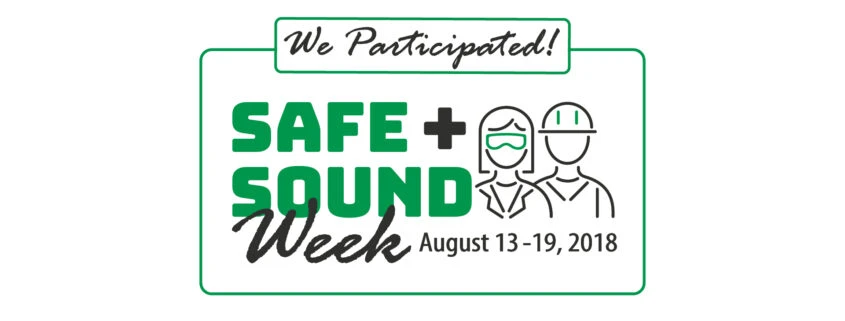Keeping up with OSHA Recordkeeping: Things to Know
Sorting through OSHA recordkeeping rules to decide if an employee’s injury or illness is recordable or non-recordable can be one of the toughest aspects of a safety administrator’s job. Some recordkeeping questions are more difficult than others.
All employers that are covered by the OSH Act are covered by standard 1904. However, most employers do not have to keep OSHA injury and illness records unless OSHA or the Bureau of Labor Statistics informs them in writing. For example, employers with 10 or fewer employees and business establishments in certain industry classifications are partially exempt from keeping OSHA injury and illness records.
Each February 1st through April, employers must post their 300A in an area generally accessible to employees a summary of the injuries and illnesses recorded the previous year. Also, if requested, copies of the records must be provided to current and former employees, or their representatives. The records must be maintained at the worksite for at least five years.
How does electronic submission work?
OSHA has provided a secure website that offers three options for data submission:
- Users can manually enter data into a webform.
- Users can upload a CSV file to process single or multiple establishments at the same time.
- Users of automated recordkeeping systems, such as OSHA 300 Cloud, will have the ability to transmit data electronically via an API (application programming interface).
The Injury Tracking Application (ITA) is accessible from the ITA launch page, where you are able to provide the Agency your 2018 OSHA Form 300A information. The date by which certainemployers are required to submit to OSHA the information from their completed 2018 Form 300A is March 2nd, 2019.
On July 30, 2018 the Occupational Safety and Health Administration (OSHA) issued a Notice of Proposed Rulemaking (NPRM) to eliminate the requirement to electronically submit information from OSHA Form 300(Log of Work-Related Injuries and Illnesses), and OSHA Form 301(Injury and Illness Incident Report) for establishments with 250 or more employees that are currently required to maintain injury and illness records. So only an employer’s OSHA Form 300A information is required to be submitted.
Things to Remember:
- Remember, 300 logs must be maintained throughout the year, updated within 7 days of date of injury
- Even if you are under jurisdiction of a state plan, you must submit electronically. See your state office for any additional specific requirements
- Remember, even if you are selected / asked to participate in annual BLS survey, you must still submit electronically to OSHA
- 300 logs and 301 forms do not need to be submitted electronically (keep in mind previous year 300 logs, along with 300A summaries, can be requested at any time by OSHA)
- Electronic submission of 300A applies to employers with:
- 250 or more employees
- 20-249 employees in certain industries.
- Submit 2018 300A By March 2nd, 2019 by using the ITA launch page
Common Mistakes
Employers often make mistakes related to their annual injury and illness recordkeeping duty allowing for possible citations and penalties imposed by OSHA. Four common mistakes made by employers are:
- Not having an appropriate management representative “certify” the 300A form
- Not posting the 300A form for years in which there were no recordable injuries
- Not maintaining a copy of the “certified” version of the 300A form
- Not updating prior years’ 300 Logs based on newly discovered information about previously unrecorded injuries or changes to injuries that were previously recorded.
The requirement of completion, certifying, and posting the 300A annual summary form is separate and apart from the electronic data submission requirement of OSHA’s new Electronic Recordkeeping Rule. Employers should not confuse submission of injury and illness data to OSHA electronically with the requirement of certifying and posting the 300A annual summary form.
If you have any questions or struggles with your company’s OSHA Recordkeeping, please contact HB NEXT for assistance. HB NEXT also offers OSHA 300 Cloud, for quick and easy electronic recordkeeping.











